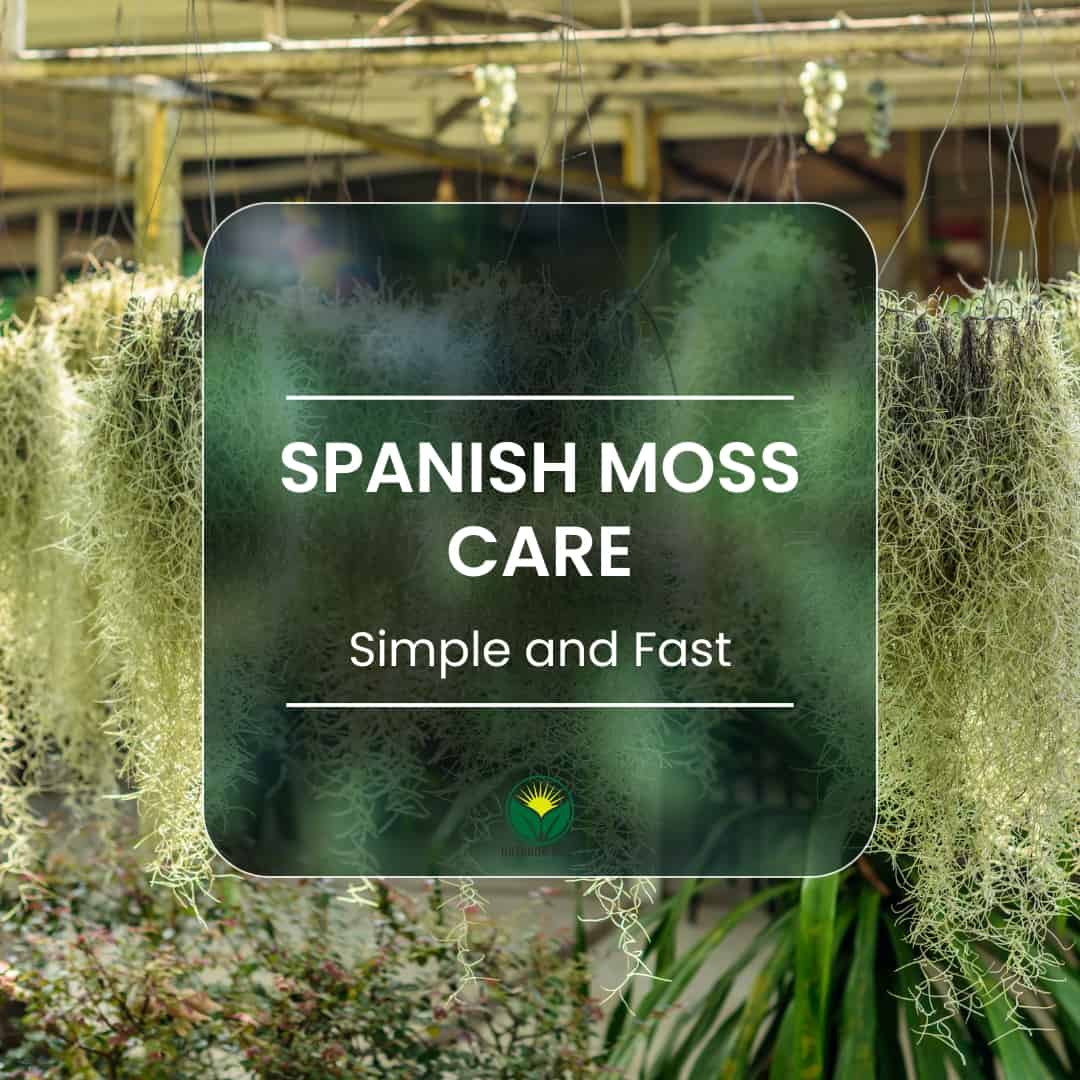
The best way to care for Spanish moss (Tillandsia usneoides). Simple and fast
Read more
What Does Algae Eat? Algae’s Unique Eating Habits
Read more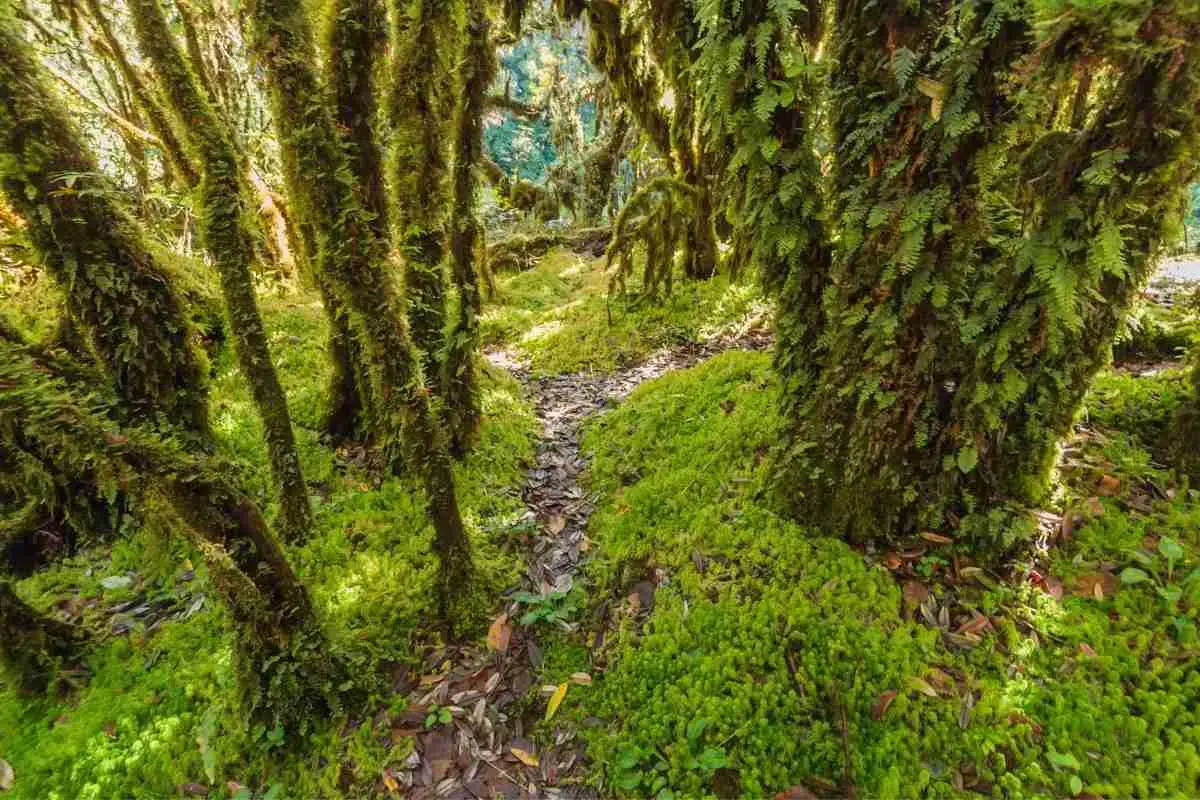
8 Types Of Moss That Grows On Trees
Read more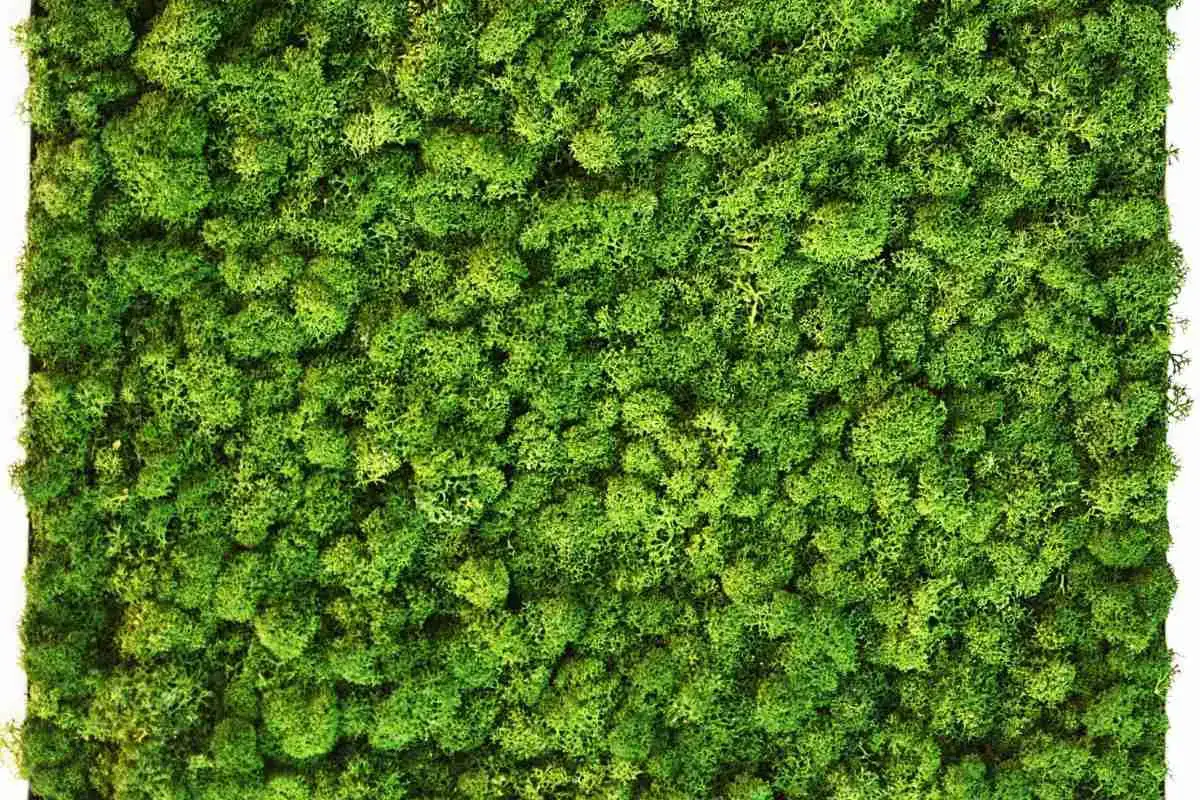
7 Easy Steps To Make An Outdoor Moss Wall
Read more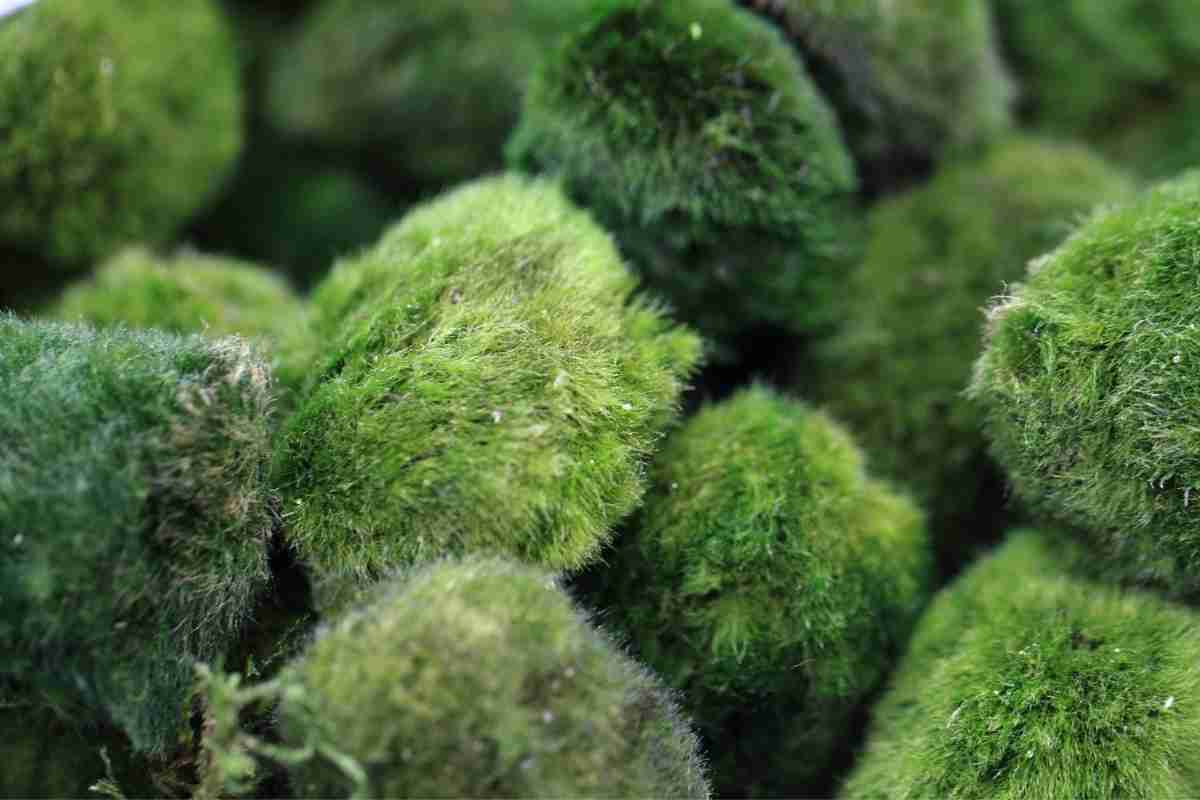
What Are Moss Ball Pets? Detailed Guide!
Read more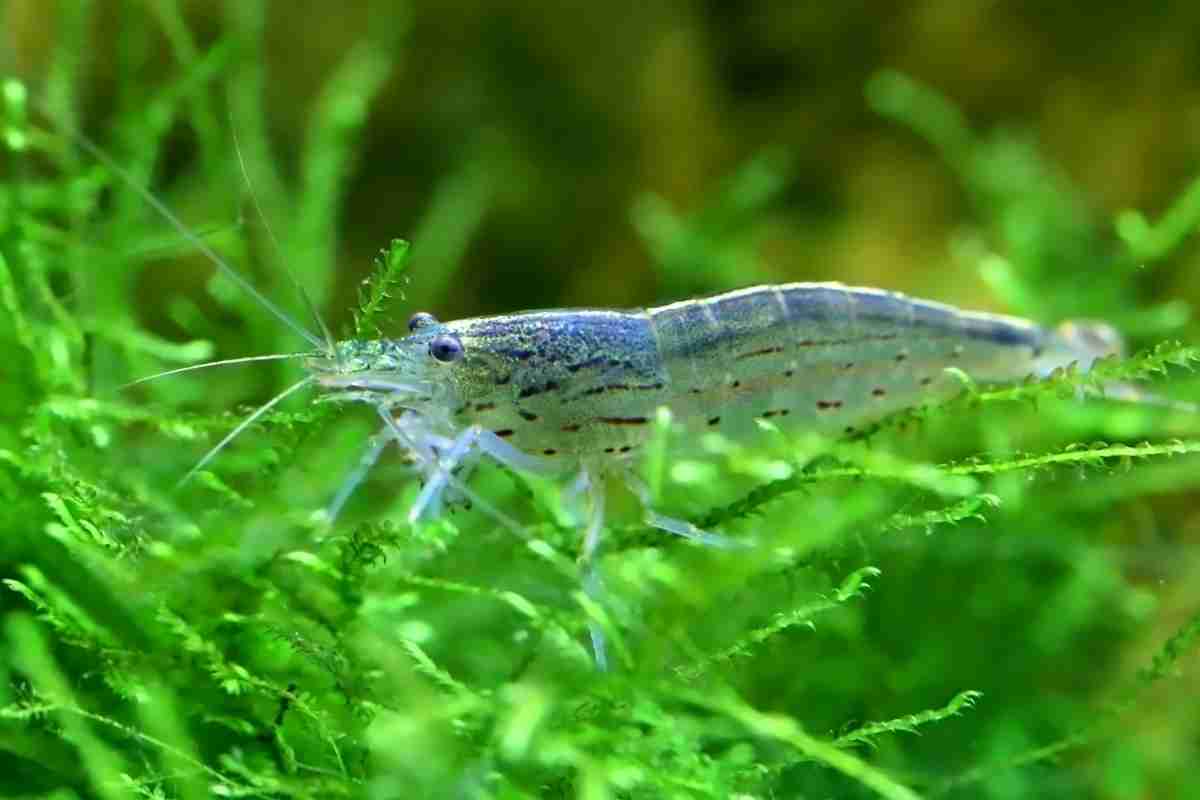
How To Grow Algae For Shrimp In An Aquarium?
Read more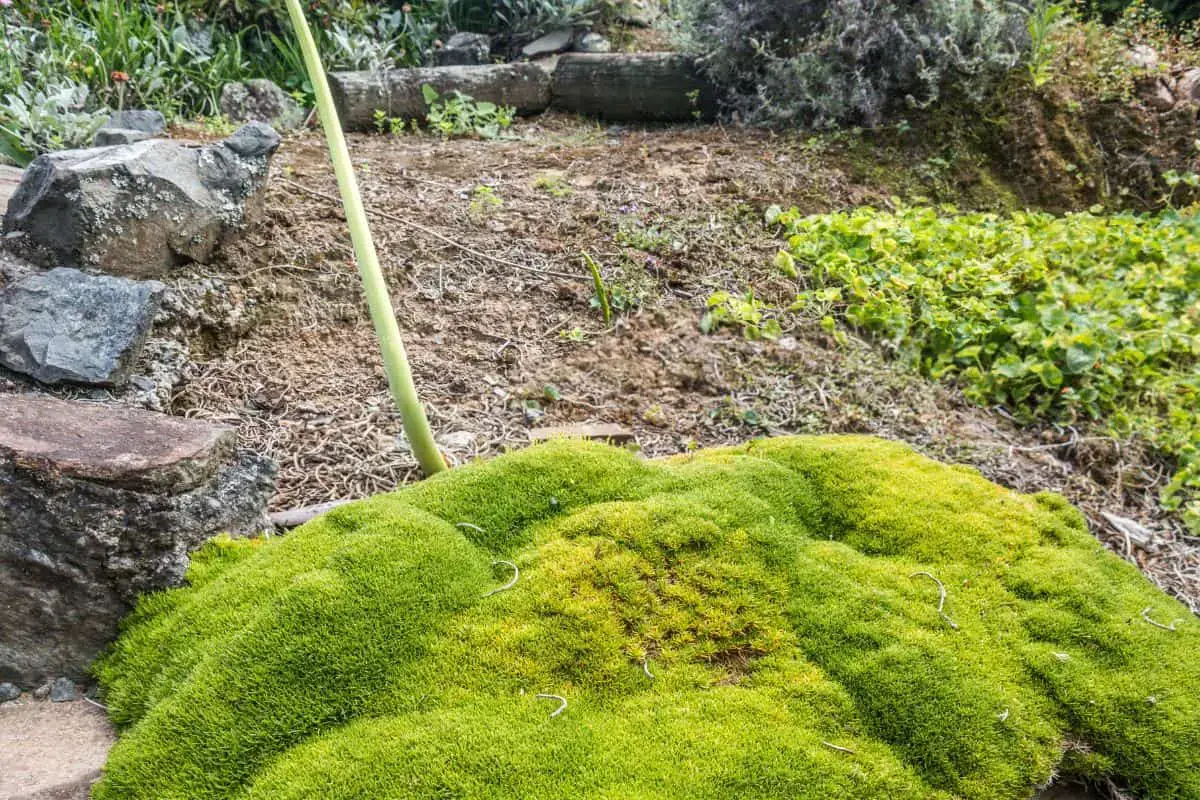
5 Steps To Make A Stunning Irish Moss Lawn
Read more
5 Simple Tips To Remove Moss From Block Paving
Read more
Is Algae A Protist? (Autotrophic Or Heterotrophic)
Read more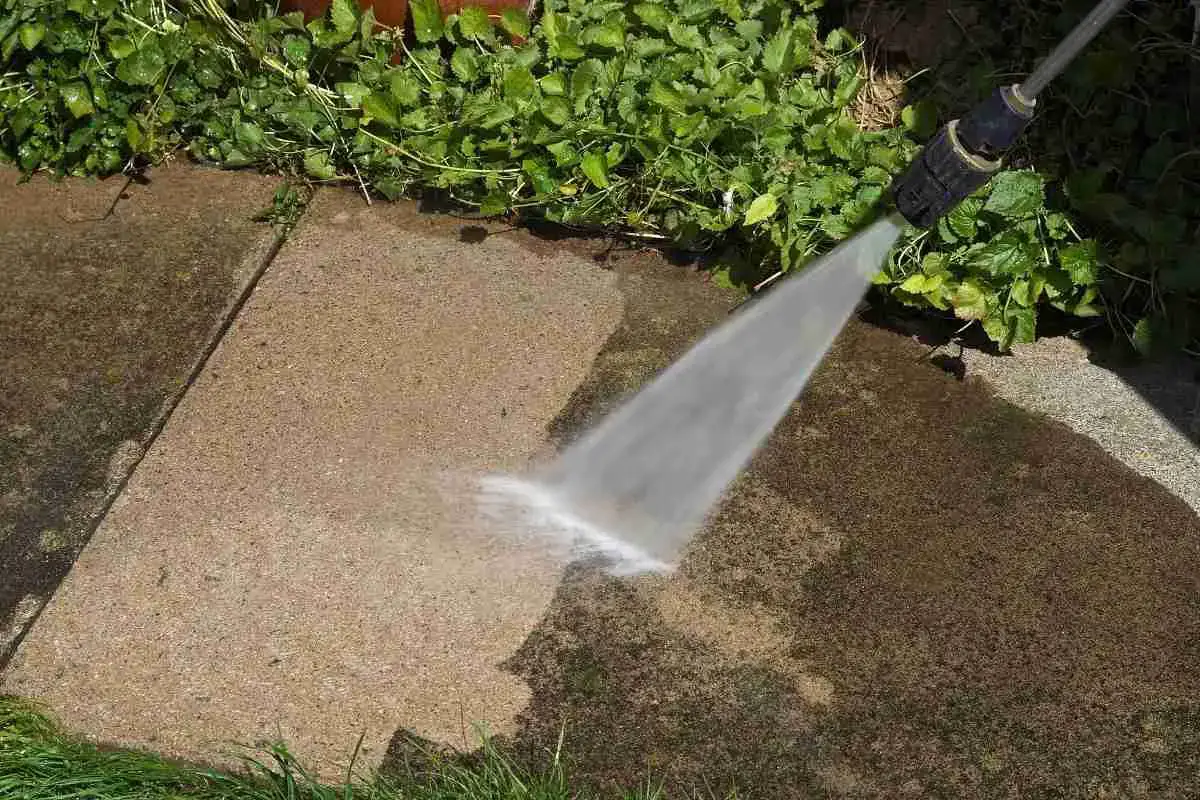
7 Easy Methods For Getting Rid Of Moss On A Patio
Read more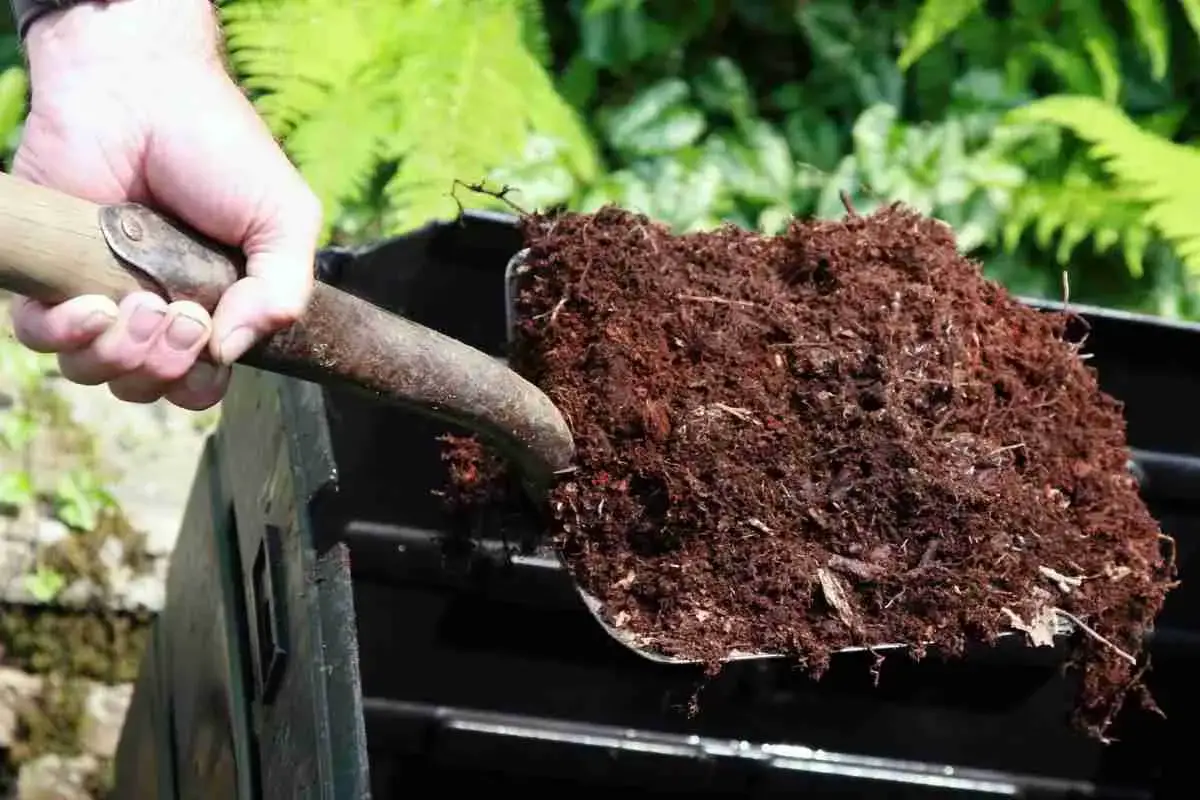
Can Moss Be Composted? Composting Moss
Read more